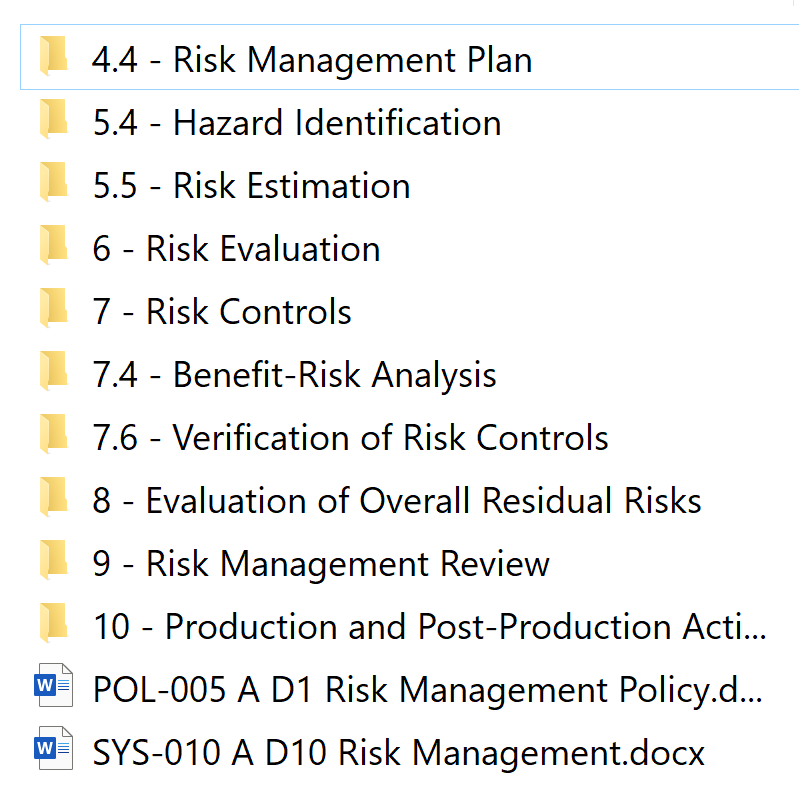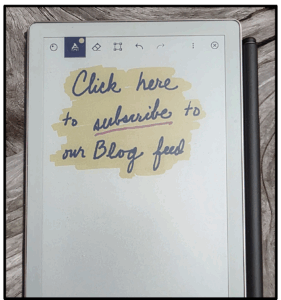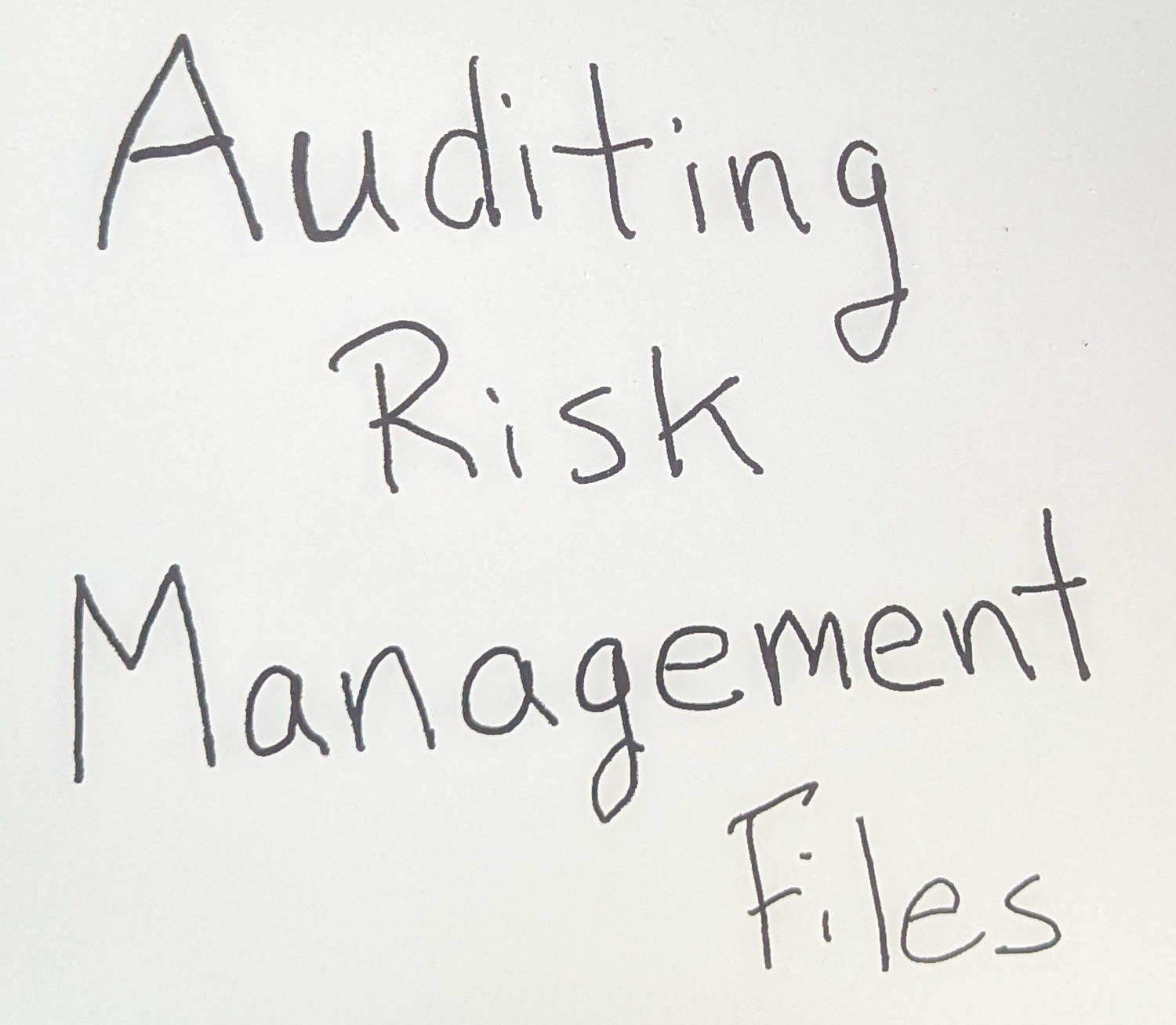What do you look at and look for when you are auditing risk management files to ISO 14971 and the new Regulation (EU) 2017/745?
Next week, November 15th @ Noon EST, you will have the opportunity to watch a live webinar teaching you what to look at and what to look for when you are auditing risk management files to Regulation (EU) 2017/745 and ISO 14971. Risk Management Files are one of the essential requirements of technical documentation required for CE Marking of medical devices. Most quality system auditors are trained on how to audit to ISO 13485:2016 (or an earlier version of that standard), but very few quality system auditors have the training necessary to audit risk management files.
Why you are not qualified to audit risk management files
Being a qualified lead auditor is not enough to audit the risk management process. When you are auditing a risk management file, you need risk management training and lead auditor training. To audit the risk management process, you will also need training on applicable guidance documents (i.e., ISO/TR 24971:2020) and applicable regulations (i.e., Regulation 2017/745 and/or Regulation 2017/746). There may also be device-specific guidance documents that specify known risks and risk controls that are considered state-of-the-art.
Creating an audit agenda
Once you have scheduled an audit of risk management files, and assigned a lead auditor, then the lead auditor needs to create an audit agenda. The audit can be a desktop audit that is performed remotely, or it can be an on-site audit. Regardless of the approach, the audit should include interviewing participants in the risk management process documented in the risk management file. As a rule of thumb, I expect a minimum of 30 minutes to be spent interviewing the process owner and one or more other participants. Then I spend an additional 60 minutes of auditing time reviewing documents and records.
Your audit agenda should specify the following items at a minimum:
- the method of auditing to be used,
- date(s) of the audit,
- the duration of the audit,
- the location of the audit, and
- the auditing criteria.
The auditor(s) and the auditee participants should be identified in the audit agenda. Finally, you should specify which documents and records are required for audit preparation. These documents will be used to help identify audit checklist questions and to determine a sampling plan for the audit. At a minimum, you will need a copy of the risk management procedure and a list of the risk management files that are available to audit. You may also want to request the audit plan for each of those risk management files.
What did you look at and look for during your risk management audit?
When you audit the risk management process, you could take any of the following approaches or a combination of more than one. You could audit the process according to the risk management procedure. You could audit the process according to the risk management plan(s) for each risk management file. You could audit using the process approach to auditing. Finally, you could audit in accordance with specific requirements in the ISO 14971:2019 standard and applicable regulations (i.e., Regulation 2017/745). Regardless of which approach you take, your audit notes and the audit report should identify which documents and records you sampled and what you looked for in each document. Providing only a list of the documents is not enough detail.
Creating an auditing checklist for risk management files
Auditors with limited experience are taught to create an audit checklist by creating a table that includes each of the requirements of the audit criteria. For a risk management file, this would include a list of each of the requirements in ISO 14971 for a risk management file (i.e., Clause 9???). However, this approach is more like the approach that you should be using for a gap analysis. The better approach for creating an audit checklist for risk management files is to start by creating a turtle diagram. In the “process inputs” section (i.e., step 2 of 7), you would add questions derived from your review of the risk management plan(s). In the “process outputs” section (i.e., step 3 of 7), you would add questions specific to the risk management report and other records required in a risk management file. In the “with whom” section (i.e., step 5 of 7), you would add questions related to training and competency. You might also identify additional people involved in the risk management process, other than the process owner, to interview as a follow-up trail. In the “how done” section (i.e., step 6 of 7), you would add questions specific to the procedure and forms used for the risk management process. Finally, in the “metrics” section (i.e., 7 of 7), you would verify that the company is conducting risk management reviews and updating risk management documentation in accordance with the risk management procedure and individual risk management plan(s).
Audits are just samples
Just because you can generate a lot of questions for an audit checklist does not mean that you are required to address every question. Audits are intended to be a “spot check” to verify the effectiveness of a process. You should allocate your auditing resources based on the importance of a process and the results of previous audits. I recommend approximately three days for a full quality system audit, and approximately 90-minutes should be devoted to a process unless it is the design control process (i.e., Clause 7.3 of ISO 13485) which typically requires three to four hours due to the importance and complexity of the design controls process. Therefore, you should schedule approximately 30 minutes to interview people for the risk management process and approximately 60 minutes should be reserved for reviewing documents and records. With this limited amount of time, you will not be able to review every record or interview everyone that was involved in the risk management process. This is why auditors always remind auditees that an audit is just a sampling.
Which records are required in a risk management file?
The contents of a risk management file is specified in ISO 14971:2019, Clause 4.5. There are only four bullets in that section, but the preceding sentence says, “In addition to the requirements of other clauses of this document.” Therefore, your risk management file should address all of the requirements in ISO 14971:2019. What I recommend is a virtual risk management folder for each risk management file. As the auditor, you should also request a copy of the risk management policy and procedure. An example of what this would look like is provided below. The numbers in front of each subfolder correspond to the sub-clause or clause for that requirement in ISO 14971:2019.
 Which records are most valuable when auditing risk management files?
Which records are most valuable when auditing risk management files?
As an auditor, I typically focus on three types of targets when auditing any process. First, I will sample any corrective actions implemented in response to previous audit findings. Second, will sample documents and records associated with any changes made to the process. Changes would also include any changes that were made to individual risk management files or the creation of a new risk management file. Finally, my third target for audit sampling is any item that I feel is at risk for safety or performance failures. The severity of the safety or performance failure is also considered when prioritizing audit sampling. In the context of a risk management file, I always verify that production and post-production activities are being conducted as planned. I try to verify that risk analysis documentation was reviewed for the need to update the documentation in response to complaints and adverse events.
More auditor training on risk management files
We are recording a live webinar intended to teach internal auditors and consultants how to perform a thorough audit of risk management files against the requirements of the new European Regulation (EU) 2017/745 and ISO 14971.
In addition to this webinar on auditing risk management files, we also have other risk management training webinars available. The webinar on auditing risk management files will be hosted live on November 15, 2022 @ Noon EST (incorrect in the live video announcement).



Pingback: Auditing Technical Files - Medical Device Academy Medical Device Academy
Pingback: Implementing Design Controls Medical Device Academy
Pingback: Design Controls Implementation - Worldnews4